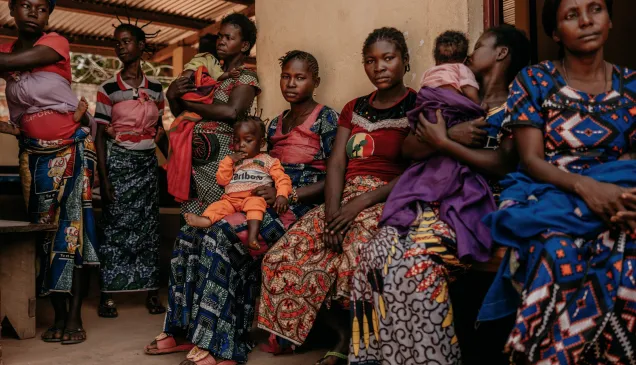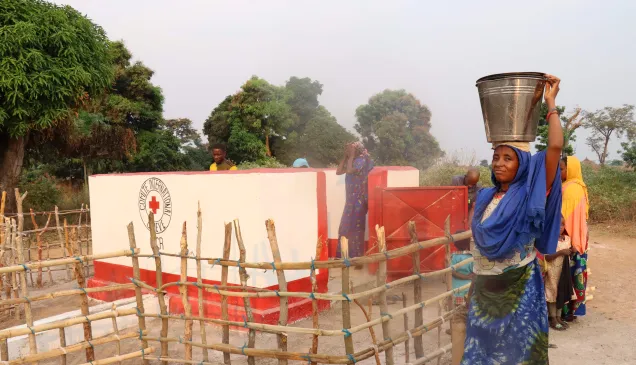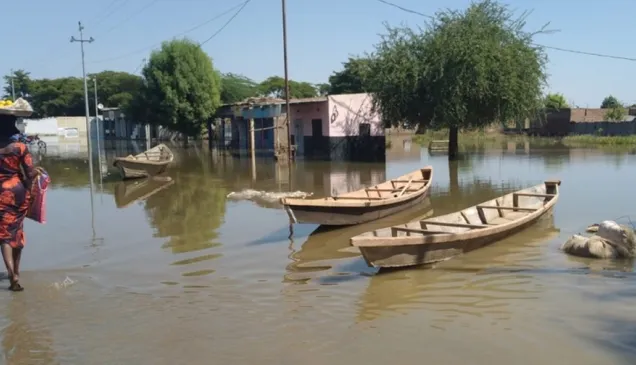Climate change in the Central African Republic: what threats?
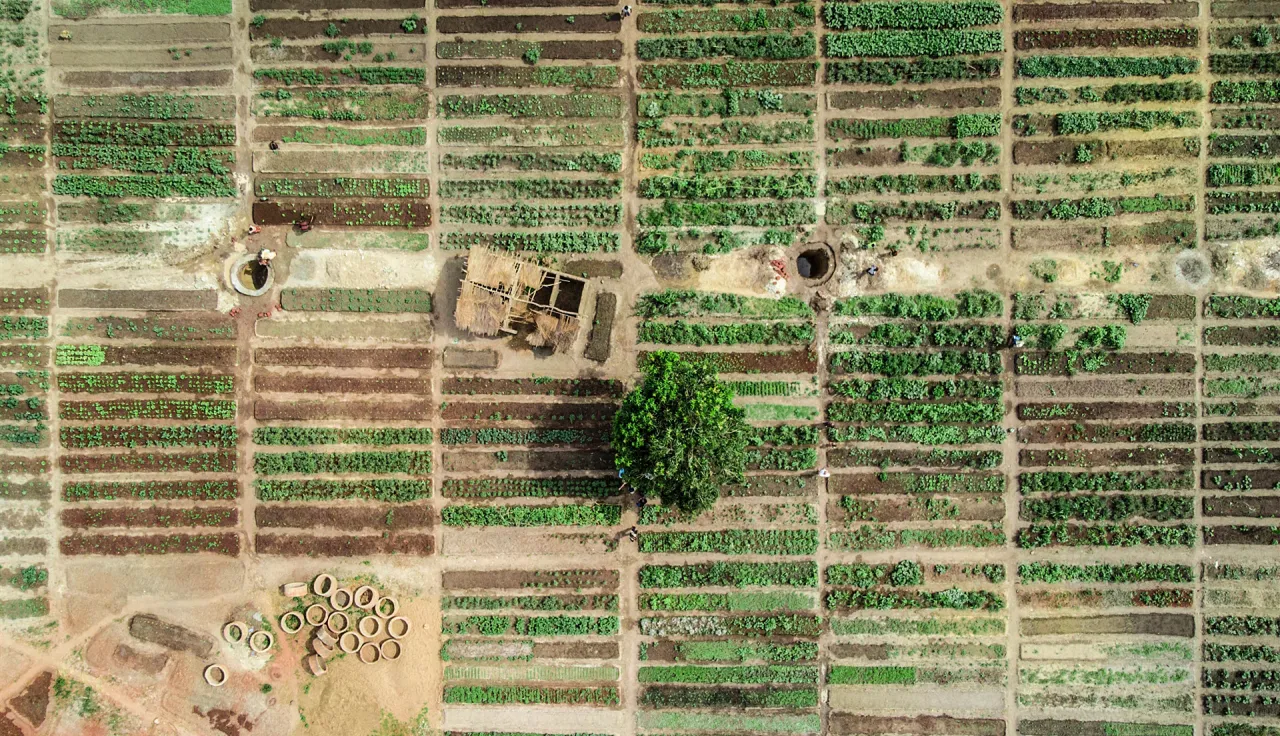
With many meteorological stations having fallen into disuse or now obsolete, the climate of the Central African Republic is one of the most poorly monitored in the world. Yet this green and fertile country is one of the most vulnerable to climate change – and the combined effects of this and armed conflict in the Sahel and Lake Chad regions are having a devastating impact on people’s lives.
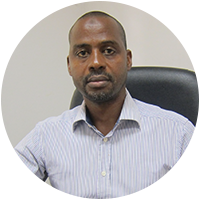 We spoke to Ibrahima Bah, former head of economic security programmes at the International Committee of the Red Cross (ICRC) in Bangui, to find out more.
We spoke to Ibrahima Bah, former head of economic security programmes at the International Committee of the Red Cross (ICRC) in Bangui, to find out more.
What is the impact of climate change on the Central African population?
Ibrahima Bah : The Central African Republic is a stark example of how far-reaching the repercussions of climate change and armed conflict can be.
Instability and an increasing scarcity of resources in the Sahel and Lake Chad regions is driving many livestock herders to seek water and pasture for their herds in the Central African Republic. With its favourable climate, scattered population and huge swathes of pasture, this country provides ideal conditions for grazing cattle.
There is very little in place at the moment to regulate this seasonal migration across borders. As a result, it can sometimes put huge pressure on natural resources and spark conflict between farmers and livestock herders. Having suffered the effects of armed violence since 2013, the Central African population is struggling to manage this further layer of conflict.
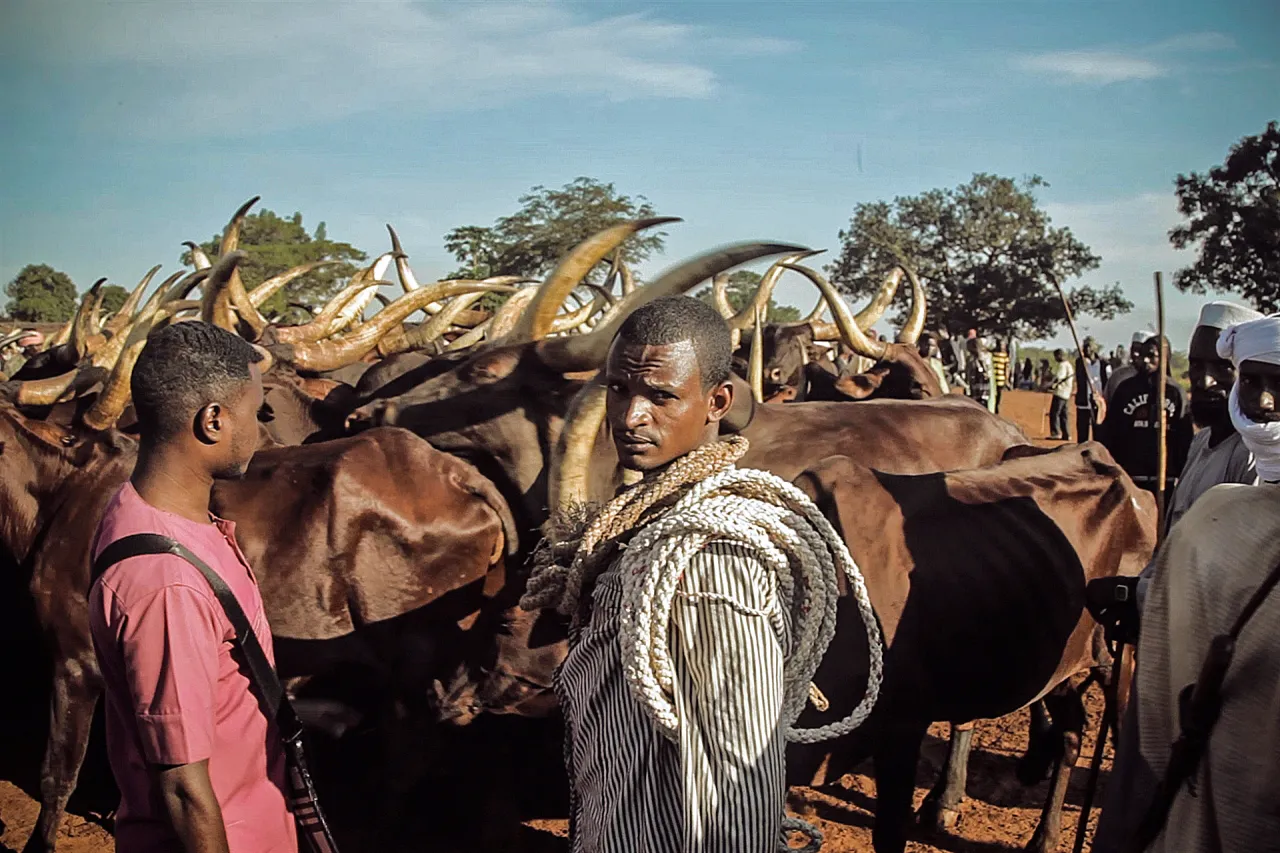
Farmers with their livestock near Bambari. As water and fertile land have grown scarcer, battles between pastoral and arable farmers have increased.
At the same time, the country is contending with extreme weather events. For example, severe flooding in 2019 forced tens of thousands of people in the capital Bangui to flee their homes, putting them at risk of food insecurity. The floods also led to an outbreak of malaria and cholera, which is particularly serious in a country where access to health care is extremely limited. The situation is expected to worsen, as rainy seasons are becoming increasingly irregular in duration and frequency.1 Traditional agricultural calendars are no longer reliable; farmers are struggling and in need of some assistance.
How has seasonal migration across borders exacerbated existing tensions?
IB : Seasonal migration is not a new phenomenon – nor are the tensions it can create between farmers and livestock herders. However, when the region was stable, people tended to use designated migratory routes and follow certain rules. For example, if a herd destroyed a field, the village leaders and chief herders would negotiate an amicable solution based on established compensation scales. If this did not resolve the issue, the local authorities could be called upon or legal action taken.
The eruption of armed violence in 2013 caused security conditions to worsen and the state to withdraw from certain areas. These checks and balances disappeared and chaos reigned. Herders began deviating from traditional migratory routes, resulting in a concentration of animals close to villages and fields. Competition for space and resources intensified between farmers and herders.
Seasonal migration is now often accompanied by acts of violence, such as cattle theft, the destruction of fields, sexual assault and even execution.
There are more clashes between communities and, with money to be made from the situation, we're increasingly seeing armed groups weighing in on the violence.
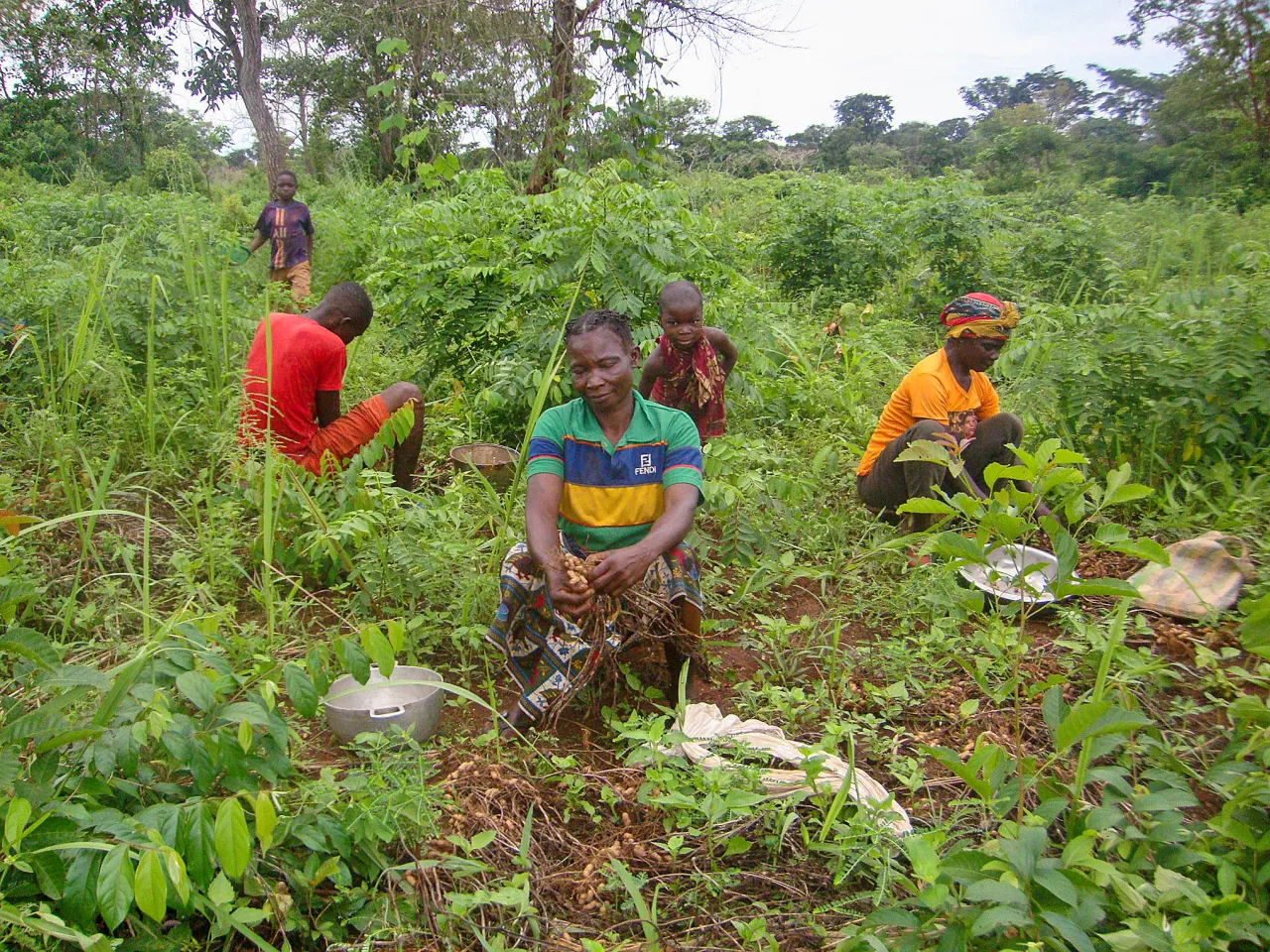
The ICRC supports farming associations specializing in seed multiplication, like this one in Gbolengapo.
What is the humanitarian impact of all of this?
IB : The farmers and herders are most directly affected, but with 70 per cent of the population depending on agricultural and animal production for survival, the indirect effects are vast. According to the latest data from the Integrated Food Security Phase Classification initiative2, almost half of the population is in a position of food insecurity. Malnutrition has increased, especially among children, older people and people with disabilities. The COVID-19 pandemic has only made matters worse by slowing down trade and economic activity, in turn pushing up the price of basic imported foodstuffs, such as rice, oil and sugar.
The most disadvantaged people are struggling more than ever to feed themselves.
The negative repercussions don't stop there. In some areas, there is a high concentration of animals in a limited amount of space, which is harmful both to the environment and livestock health, as well as being a drain on resources. The bottom line is that ancestral ways of life are under threat. Reduced to poverty, many people are turning to other, more damaging, means of survival. Intensive deforestation is one example: through this practice, people are getting the fuel they need, making money through selling firewood, and feeding their animals with foliage – but it comes at a huge cost to the environment. Unfortunately, they have no other choice.
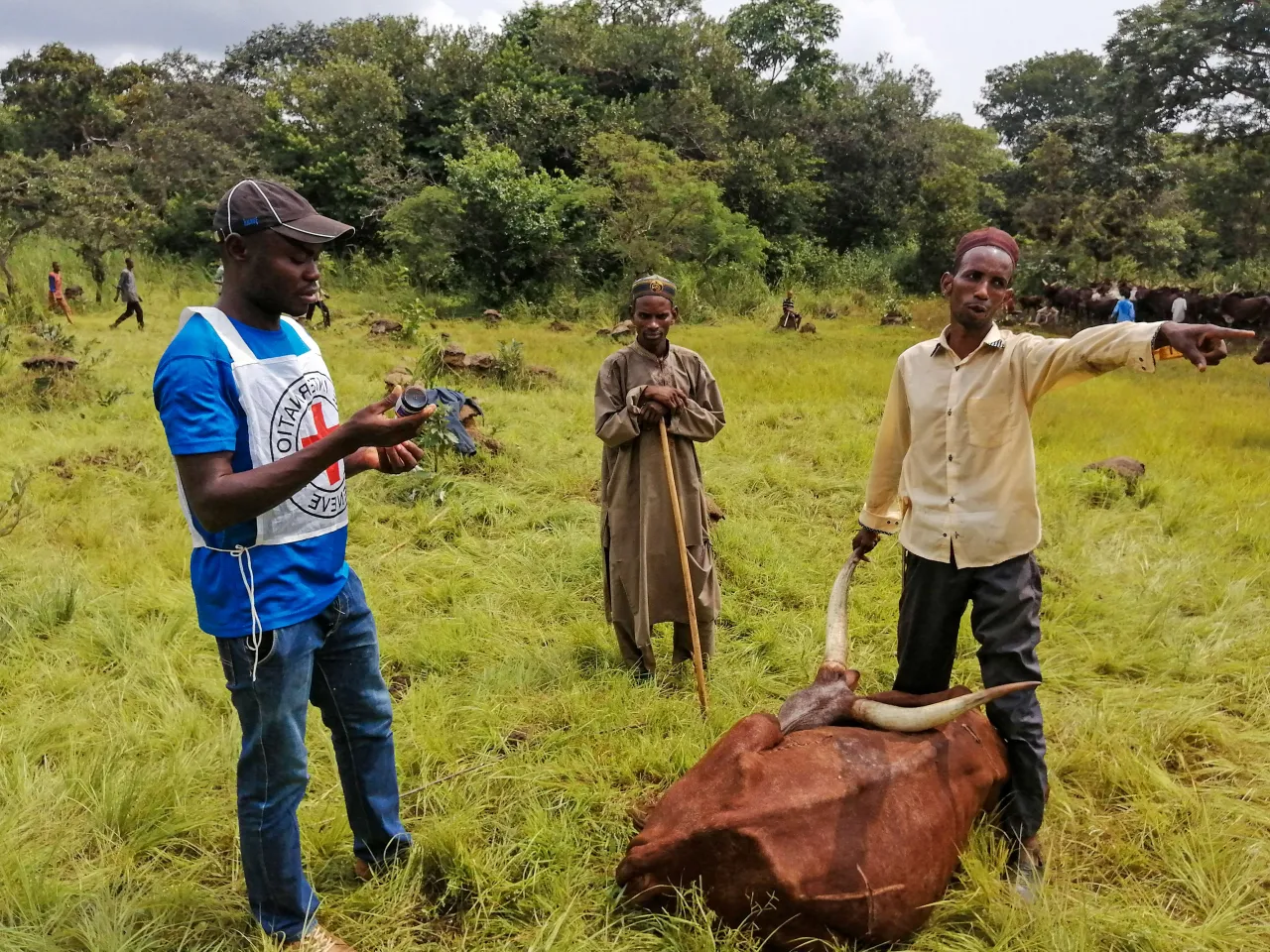
An infected ox about to be vaccinated in the village of Maloum.
What can be done to help, from a humanitarian point of view?
IB : Any solution has to focus first on improving security conditions and facilitating the return of the authorities to areas that they have left, so that migratory routes and herding and farming practices can be regulated once more. When devising solutions, we also need to bear in mind that tensions tend to flare up at particular times of the year, namely between the herders' arrival from neighbouring countries in January and February and their departure in April and May.
Providing humanitarian assistance to herders is highly contentious because seasonal migration is such a source of tension and violence. But too few resources are being allocated to supporting a peaceful migration process and to helping the most vulnerable people in the areas concerned.
Farmers can be encouraged to reconsider certain practices that are both risky for themselves and the environment. The practice of burning land before cultivation, for example, calls for vast stretches of land. But, with poor security conditions limiting access to fields, people are having to travel further and further to find large stretches of fertile land, putting their safety at risk. Farmers can be trained in new agricultural practices that would reduce both the need to travel and the environmental impact.
More needs to be done to foster social cohesion.
Livestock herders and farmers have always had a mutually beneficial relationship. Seasonal migration does not have to mean competing for water and land; it can offer a real opportunity for cultural, social and economic exchange. Herders can sell their animals and buy grain from the farmers. This is how alliances are created and bonds are forged, but only if harmony exists between the two groups.
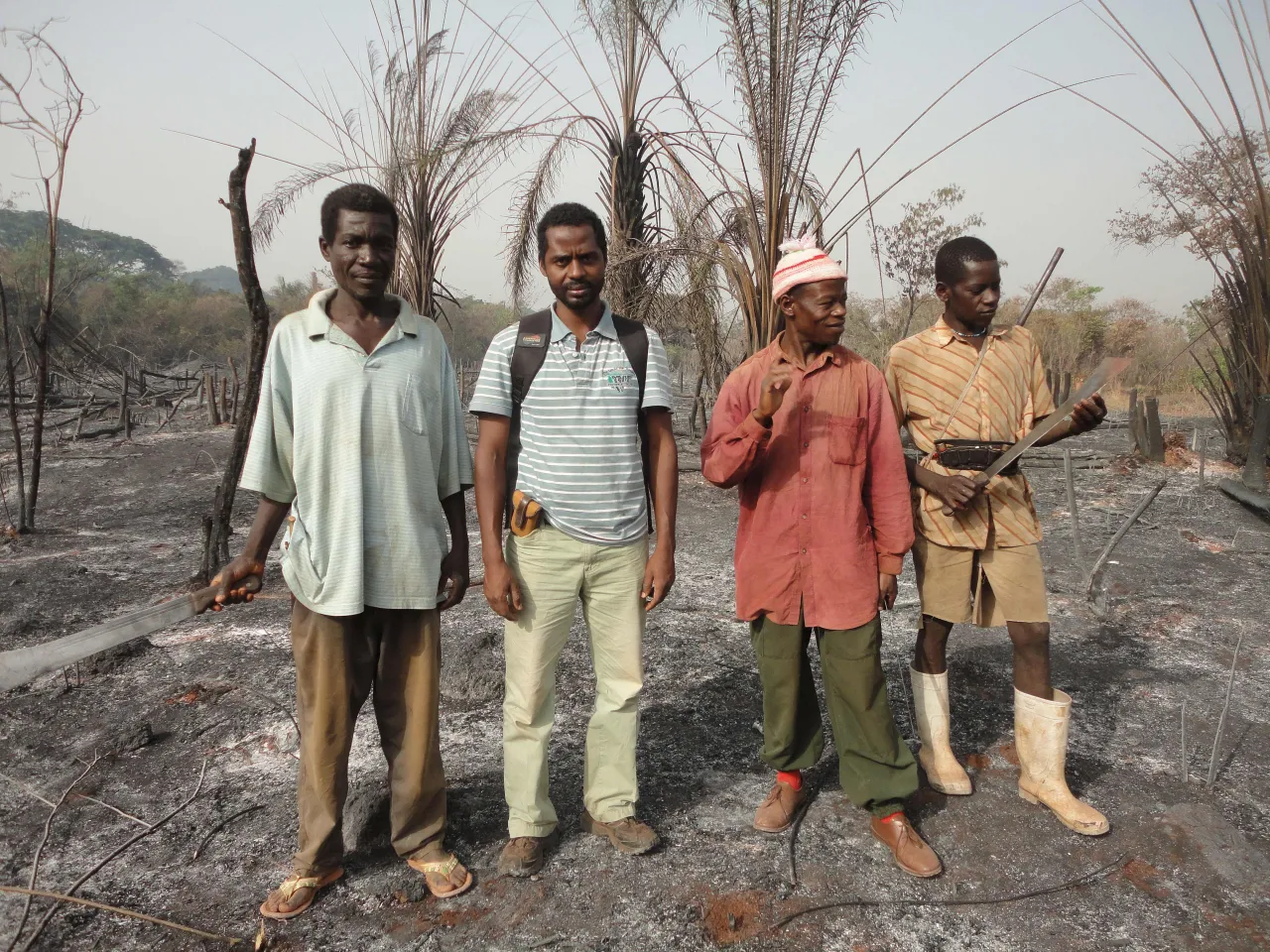
Ibrahima Bah (light pants) and his team inspect an area reduced to swidden. Swiddening is bad for the environment and dangerous for those who clear the land in this way. ICRC
What is the ICRC doing?
• Agriculture
- We are distributing improved short-cycle seed varieties suited to the climatic conditions of each region.
- We are training farmers in yield-increasing techniques that are environmentally friendly.
- We are supporting the local production of improved seed varieties.
- We are introducing reliable dehydration and conservation techniques to boost the value of agricultural produce.
• Livestock herding
- We are vaccinating livestock to prevent the spread of disease through seasonal migration.
- We are training livestock herders to administer vaccines and providing the necessary pharmaceutical products and materials.
We also respond to emergencies by distributing food and other essentials to displaced people, returnees and host communities.
1 Forecasts project a rise in temperatures and an increased frequency of intense and destructive rainy periods. This is one reason why the Central African Republic ranks highly on the ND-GAIN Country Index, which assesses a country's vulnerability to climate change and other global challenges in combination with its readiness to improve resilience.
2 The Integrated Food Security Phase Classification (IPC) is a global, multi-partner initiative. It is founded on a complementary set of analytical tools and procedures for classifying the severity and magnitude of food insecurity and malnutrition. The IPC was developed in 2004 in Somalia. Today, the IPC is used in over 30 countries, including in protracted crises and contexts of chronic food insecurity.

